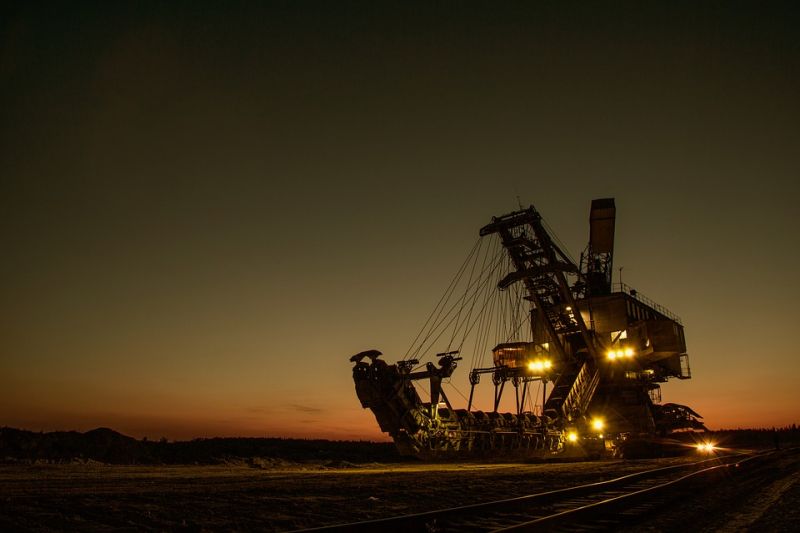New Mine Wastewater Technology
Published on by Water Network Research, Official research team of The Water Network in Technology
The CSIR-developed and patented technology – which, when integrated with commercially-available reverse osmosis and eutectic freeze technologies – is able to clean mine wastewater to a standard that is suitable for domestic, agricultural and industrial purposes.
Enter Dr Vhahangwele Masindi, CSIR senior researcher, a trailblazer and inventor of some of the technologies in a pilot plant project to treat acid mine drainage and recover metals.
“I am ecstatic to see some of my ideas and inventions coming to fruition,” he says. “My primary goal is to develop technologies that can address water-related challenges faced by South Africans in rural, peri-urban and urban areas.”
 The effect of acid mine drainage
The effect of acid mine drainage
Acid mine drainage occurs when water in large disused mines reacts with metals in the rock to form acidic solutions. It contains high concentrations of iron, manganese, aluminium and sulphate in addition to traces of lead, copper, nickel, zinc, magnesium, calcium, potassium and sodium. This wastewater impacts water resources negatively and has to be treated prior to its release to environments.
Masindi says South Africa is well endowed with vast mineral resources and the wealth created through mining, particularly gold mining, which has funded the development of the country. However, the mining activity leaves in its wake serious environmental damage linked to acid mine drainage.
“For example, gold mines on the Witwatersrand basin closed over a number of years, and as each mine closed and ceased pumping, water began to accumulate in the void and was then discharged into neighbouring mines because of the high degree of connectivity of the mine workings.
Active and abandoned mines in South Africa discharge millions of mega litres of metalliferous and acidic drainage laden with toxic and hazardous chemicals that can pose serious health problems to living organisms,” he says.
While numerous wastewater treatment technologies have been developed and implemented, their application is limited by ineffectiveness, selective treatment capabilities, costs and generation of secondary sludge that is toxic and expensive to dispose of. The search for cheaper, effective and efficient mine water treatment technology has thus continued.
Masroe process
The CSIR-developed and patented technology – which, when integrated with commercially-available reverse osmosis and eutectic freeze technologies – is able to clean mine wastewater to a standard that is suitable for domestic, agricultural and industrial purposes.
The technology can produce water that meets the SANS 241 drinking water specifications and can recover valuable minerals such as gypsum – a mineral used in the process of cement manufacturing – and limestone, that has a number of metallurgical applications.
At the heart of the innovation lies the Masroe process (magnesite, softeners, reverse osmosis and the eutectic freeze) – a recovery process of drinking water and valuable minerals from acid mine drainage. The brine (a highly concentrated water solution of common salt) from this treatment process can be used to recover additional salts that have commercial value, such as sodium-based salts.
Masindi maintains that the technology can help solve a multitude of mine water challenges that the country is currently facing. Selling recovered valuable minerals will assist in offsetting the running costs of the treatments processes.
Source: BizCommunity
Media
Taxonomy
- Industrial Wastewater Treatment
- Waste Water Treatments
- Wastewater Treatment